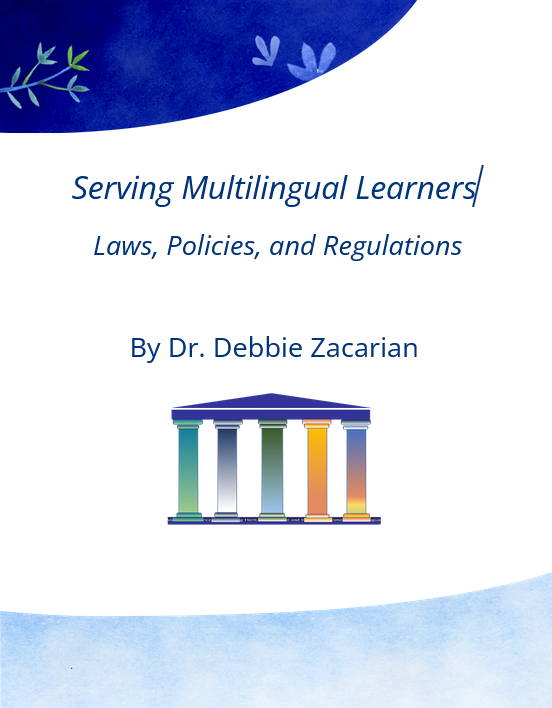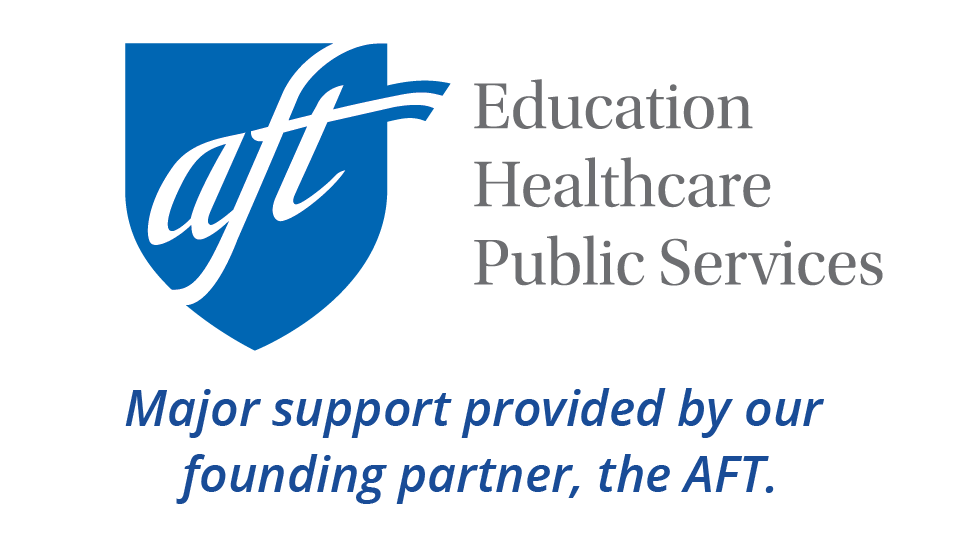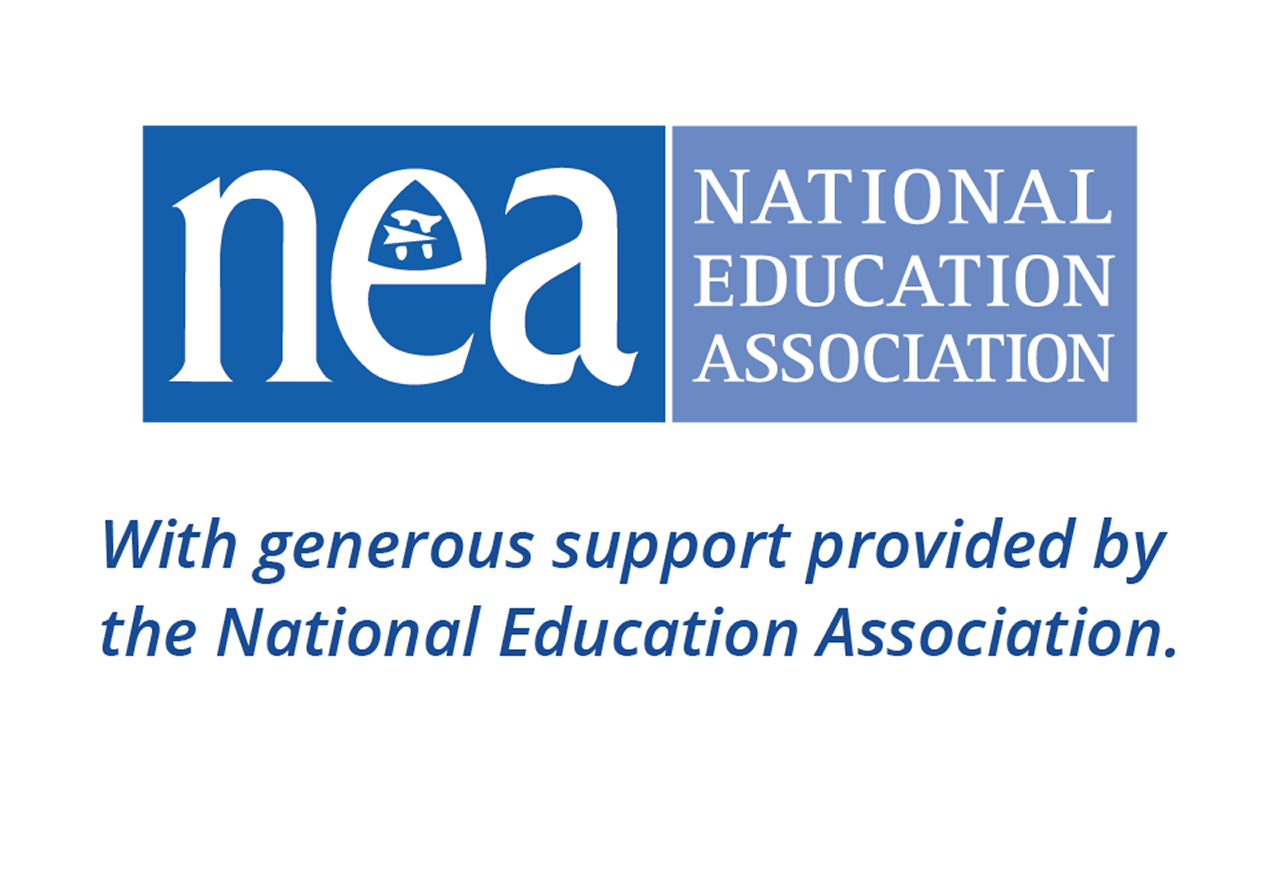Multilingual learners [MLs] are one of the fastest growing and most diverse populations in our nation's schools. While they represent more than four hundred different language groups, 75% are Spanish speakers and 2% are Arabic, Chinese, or Vietnamese speakers. The primary language that a student speaks is but one descriptor. Students who speak Spanish, for example, have richly distinct cultures and dialects and represent many countries; they may also include Indigenous students for whom Spanish is a second or third language. For additional information, see What You Need to Know About ELLs: FAQs.
A Note on Terminology |
|---|
The term multilingual learner [ML] refers to a diverse group of students enrolled in public and public charter schools whose primary language is other than English. Several acronyms are used interchangeably to refer to MLs, including:
The strengths-based term multilingual learner is used throughout this document to recognize and value students' existing language abilities and highlight what they know. Check to see which terms are used in your district and state. Many federal documents use the terms "English learner" and "Limited English Proficient students." Federal Definition: Multilingual LearnerThe federal definition of a multilingual learner follows (USCODE-2011, Title 20 Chapter 70 subchapter IX Part A, §7801, p. 1540). The term 'limited English proficient,' when used with respect to an individual, means an individual — (A) who is aged 3 through 21; (B) who is enrolled or preparing to enroll in an elementary school or secondary school; (C) (i) who was not born in the United States or whose native language is a language other than English; (ii)(I) who is a Native American or Alaska Native, or a native resident of the outlying areas, and (II) who comes from an environment where a language other than English has had a significant impact on the individual's level of English language proficiency, or (iii) who is migratory, whose native language is a language other than English, and who comes from an environment where a language other than English is dominant, and (D) whose difficulties in speaking, reading, writing, or understanding the English language may be sufficient to deny the individual — (i) the ability to meet the State's proficient level of achievement on State assessments described in section 1111(b)(3) (ii) the ability to successfully achieve in classrooms where the language of instruction is English or (iii) the opportunity to participate fully in society. |
Looking at the Whole Student
Download this guide
 This guide is also available in a PDF version for download and printing.
This guide is also available in a PDF version for download and printing.
The Importance of Using Culturally Sustaining Practices
All multilingual learners must receive culturally sustaining practices that support them to feel safe, as well as a sense of belonging, value, and competence in their classroom, school, and local communities. To do this, it is essential to become familiar with the lived experiences of the multilingual learners we work with. For example, some MLs have had prior literacy and schooling experiences, and some have not yet had these opportunities or had them consistently. MLs who have not yet had the opportunities to develop the literacy and academic experiences needed for school success must obtain these skills while learning English (Zacarian & Soto, 2020).
Deepening Our Understanding of MLs with Adverse Childhood Experiences [ACEs]
An epic number of our nation's students, including MLs, have adverse childhood experiences [ACEs] in the form of abuse, neglect, and household challenges. MLs often face unique and significant challenges that set them apart from their peers. These may include living in war or conflict zones, facing persecution in their home countries, and experiencing displacement. Many endure long, arduous, and perilous journeys in search of safety in the United States, often separated from their families. Others face hardships in refugee camps, migrant camps, or detention centers, and some families live in constant fear of homelessness. Additionally, students from mixed-status families — where some members are U.S. residents or citizens while others are not — grapple with uncertainty and chronic anxiety related to their immigration status, as do students who do not yet possess residency or citizenship.
These realities underscore the need for evidence-based practices that help us to recognize students' full potential and to strengthen their resilience, academic success, and personal strengths. Later in this document, we explain why it is essential to use practices that acknowledge the strengths students possess, both inherently and because of the adversities they have faced. Gaining a deeper understanding of the rich diversity among MLs in our contexts helps us design, implement, and strengthen language support programs, ensuring MLs' success in school and in their lives.
Who Are We as Educators?
Most educators and educational leaders have not yet had formal training to educate the rapidly growing population of multilingual learners. Additionally, many have limited to no experience working with this population, including MLs experiencing adversities and with limited, interrupted, or no prior formal education.
The good news is that training and support do make a difference! Educators with training and experience describe having a sense of hope and even inspiration working with MLs. They also have a deeper understanding of how to enact federal laws and obligations effectively. Additionally, they help us see and, as importantly, shift our focus to the assets and strengths that all multilingual learners possess.
Using a Strengths-Based Approach
One of the key principles of multilingualism is looking at human behavior through the lens of the assets that empower people. Psychologist Abraham Maslow (1987, 1999), a pioneer in positive psychology, described what is possible when we look at human behavior through the lens of strengths, capacities, and qualities. One of the most exciting and even inspiring aspects of being an educator of MLs is seeing their endless possibilities and competencies.
A Note on Terminology |
|---|
Assets-based and strengths-based are terms used interchangeably to refer to an approach that:
|
Moving Away from a Deficits-Based Approach
For years, the fields of psychology, psychiatry, social work, and education looked at what was wrong to find remedies for treating the problem. However, focusing on what was wrong, like educators lamenting that a child doesn't speak English, led to having a deficits-based view and, tragically and all-too-often, to negative outcomes. Here's what this can look like in practice.
Manuel moved to the United States from El Salvador when he was 13 years old. In El Salvador, he worked on his uncle's bus as the ticket taker and money exchanger. He is a very polite Spanish speaker who came to the United States without any formal school or prior exposure to English.
Considering Manuel through a deficits-based lens, what might we share with others about him?
- He doesn't speak English.
- He's never been to school (Zacarian, 2023, p. 27).
This deficits-based example commonly leads to more dialogue about what Manuel cannot do as opposed to what he can. Evidence-based research demonstrates the essentialness of moving away from a deficits-based view to fully embracing a strengths-based one (Gonzalez, Moll, and Amanti, 2005; Dweck, 2006).
Embracing a Strengths-Based Approach
A strengths-based approach with MLs occurs by:
- Focusing on students' existing strengths
- Acknowledging these strengths
- Helping them to see these in themselves
- Building school- and classroom-wide practices and connections that fully integrate a strengths-based approach into all we do
Reframing Our Perspective: Manuel
When we reframe our perspective, we can identify the strengths that the same student, Manuel, possesses:
- He speaks Spanish.
- He has the depth of cultural experience.
- He has lived in more than one place and experienced some differences to share.
- He has a depth of math experience as a money exchanger.
- He is polite (Zacarian, p.28).
Can you think of other strengths that Manuel possesses? Read more about the importance of using a strengths-based approach in this federal infographic, An Asset-Based Approach to Multilingual Learner Terminology.
Why Should We Work Together?
One of the greatest lessons that we learned during the COVID-19 pandemic is that we cannot work alone. It becomes much more possible to create successful language assistance programming when we work in close collaboration and partnership with others. The U.S. Department of Education (1999) suggests that we form a committee or workgroup of administrators, teachers, counselors, and other staff, as well as families and community members.
The intent of forming this group is to support us all in designing, enacting, evaluating, and strengthening the successes of our language assistance programming. It is helpful to begin a group's efforts by ensuring that everyone is aware of the federal and state laws, policies, and regulations governing the education of MLs.
When everyone has this knowledge, the benefits are multiplied:
- We can enact what we are legally obligated to do.
- We can explain these legal obligations to students, families, colleagues, and others.
- We can ensure that everyone meaningfully understands the laws and regulations and participates actively in supporting the successful implementation of them.










Add new comment